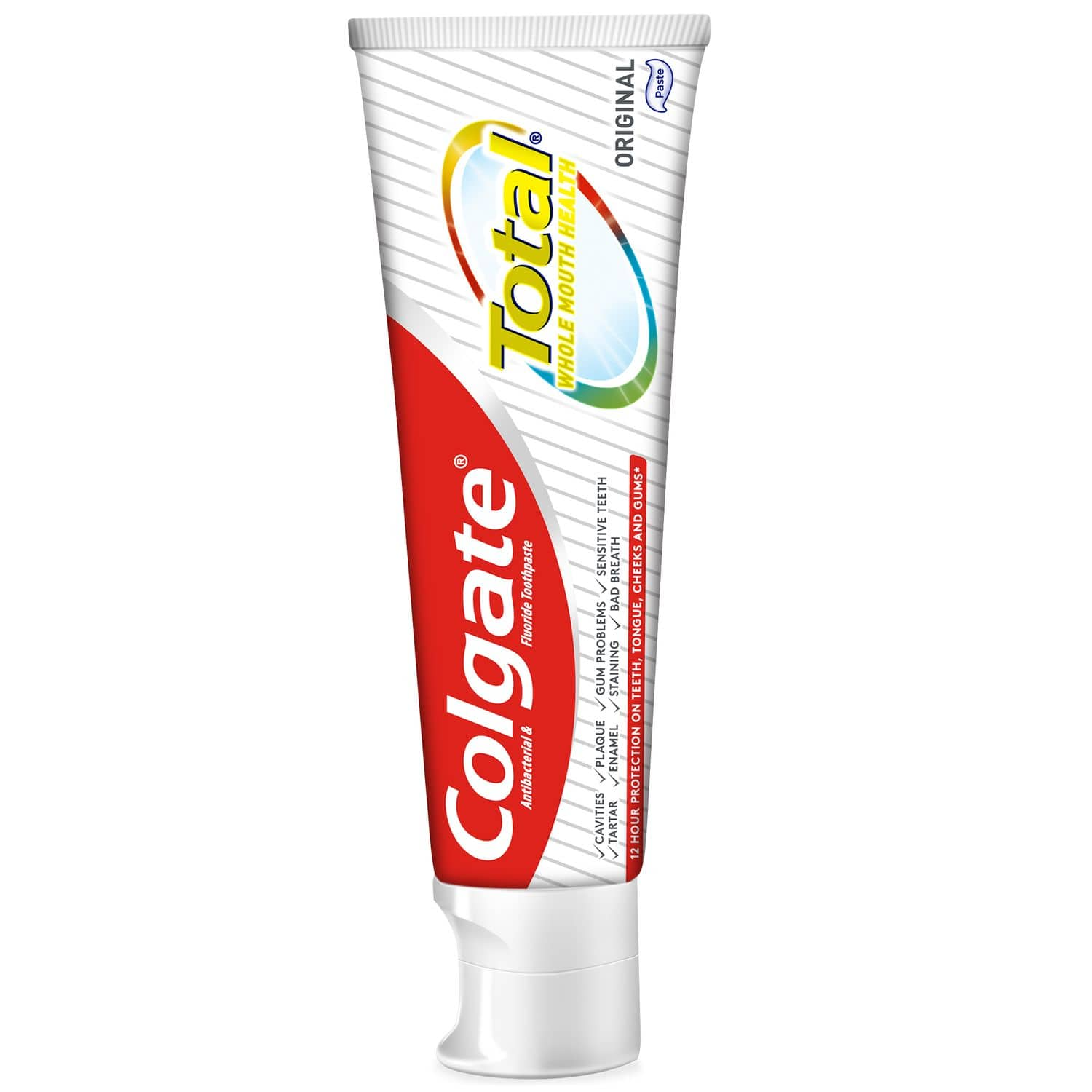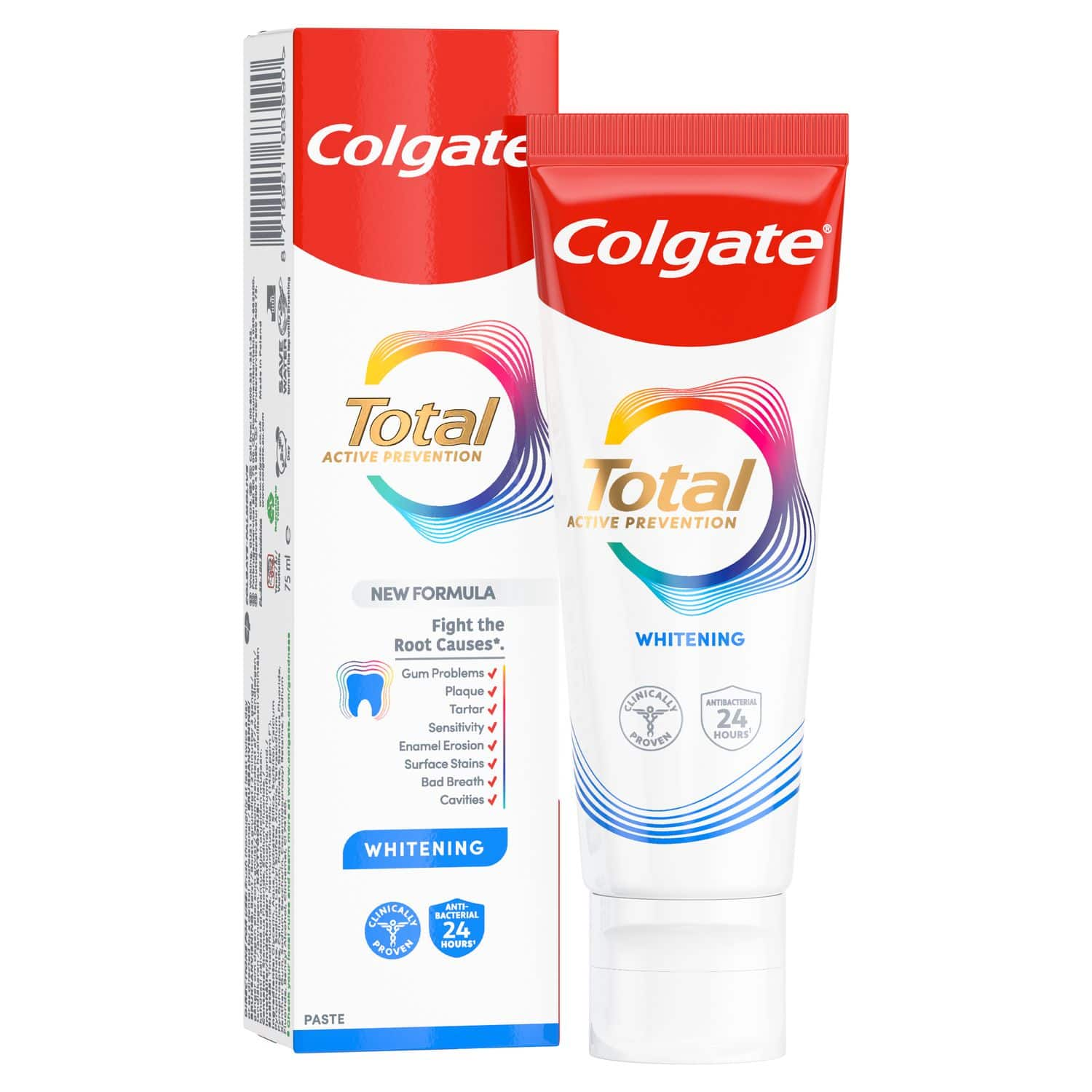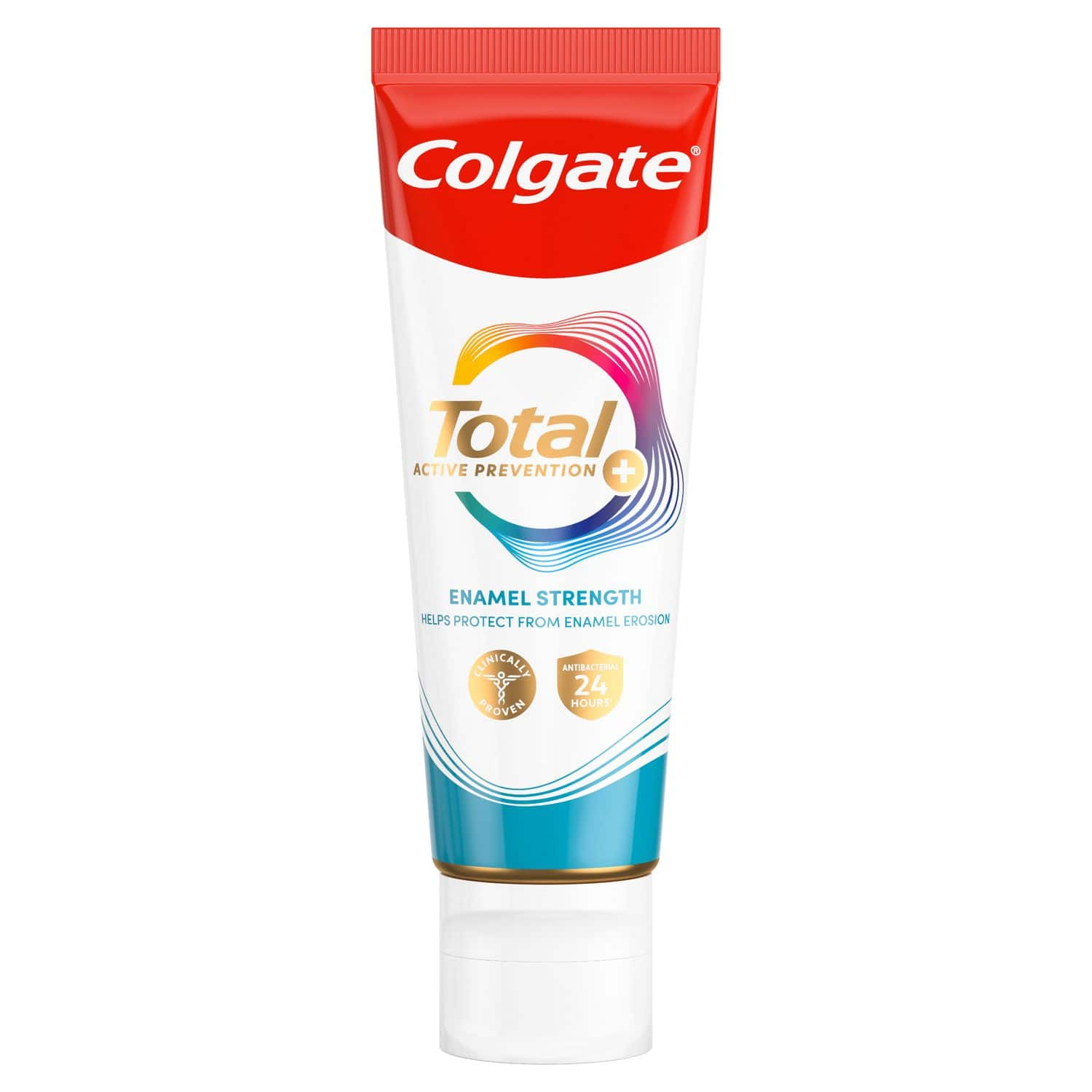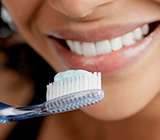Fortunately, teeth whitening is one of the easiest and most economical ways to improve your smile, and most methods are also easily acquired. But before you begin, it is important to determine what you want to achieve with whitening. After a consultation with your dentist, you can then put a plan of action together on what's best for whitening your teeth.
There are three basic methods you can use to whiten your teeth:
In-Practice Whitening
This process involves making an appointment with your dentist to have a special concentrated gel applied to your teeth. It usually takes about 20-30 minutes for the gel to work, but your appointment time in the chair can last up to an hour. Because the gel may cause tooth sensitivity, the dentist may instruct you to brush your teeth with a desensitising toothpaste for some time after the appointment. The in-practice whitening method may take several appointments, and the dentist may give you custom mouth trays with a weaker gel material to continue the process at home.
At-Home Whitening
This method is similar to in-practice whitening, but you do the whitening at home with a milder whitening gel. You'll wear a set of custom trays at home for about a maximum of an hour per session, and stop when your teeth reach your desired shade. Eventually, though, your teeth will no longer whiten, and like the in-practice method, at-home whitening may require you to use a desensitising toothpaste for a certain amount of time.
Another at-home whitening method is over-the-counter strips, which are directly applied to the teeth for about an hour a day. The results vary, just like tray applications. This method is most effective when the teeth are completely straight, as the plastic whitening strips must be able to touch the complete surface of each tooth. Quite often, however, the use of whitening strips is more expensive than specially designed whitening toothpastes.
Whitening Toothpastes
For a lot of patients, whitening toothpastes are good options for whitening teeth. By using a whitening toothpaste, not only are you taking advantage of the special whitening ingredients, but you're also keeping your gums and teeth healthy. Follow the product's instructions on how to whiten your teeth, and you can be on the road to a whiter, healthier smile in as little as one week. When selecting a whitening toothpaste, make sure that it contains fluoride, which is recommended by the British Dental Association to ensure effectiveness.
The use of any of these three methods for how to whiten teeth will provide you with a healthy-looking smile. Consulting with your dentist or dental hygienist before you begin is the best way for you to guarantee a good result.
Which Food and Drinks Can Stain Your Teeth?
Once your teeth are white, it’s important to look after them to make sure your results last for as long as possible! Try to avoid staining your tooth enamel by following a good oral hygiene routine of brushing, flossing and rinsing with mouthwash twice a day. Also, it’s good to know which food and drinks can stain your newly whitened teeth. The most common food and drinks that will stain your tooth enamel include dark-coloured fruits, curries, soy sauce, tea, coffee, red wine and colas. It’s best to avoid these foods and drinks after your whitening treatment, or only eat them from time to time. However, skipping these things for the first 48 hours following your treatment is crucial as this is the time when your teeth will be most porous and easy to stain. It’s also a good idea to avoid smoking cigarettes and other tobacco products during this time, if possible.
Some things you should aim to eat after your treatment include light-coloured and non-acidic foods like chicken, rice, pasta, fish, tofu, potatoes and other dairy products. [kw1]
How to Whiten Teeth: Pros and Cons of Bleaching
Most things come with a list of pros and cons; the same goes for bleaching or whitening your teeth. It’s a good idea to weigh up the options and know the possible side effects before you decide if teeth whitening is a treatment you want to go ahead with. Many people wonder how to get white teeth at home, and you may be able to get good results with whitening methods including oil pulling with coconut oil, using activated charcoal toothpaste or mixing a combination of baking soda and hydrogen peroxide for teeth. However, you’re less likely to get the same results you would when using a bleaching product or treatment that has been approved or carried out by your dentist.
Some of the pros of teeth bleaching include:
- The process of bleaching is usually quick and effective and not too expensive compared to some dental treatments.
- Teeth bleaching is generally painless, and you shouldn’t feel any discomfort.
- More confidence in yourself when you have whiter teeth – many people feel better when they have white teeth. Even if your teeth aren’t perfectly straight, having a whiter smile can give you a boost in confidence.
- Having a bleaching kit at home means you can top up your teeth whitening treatment whenever you feel you need it. Once you have trays made to fit over your teeth, simply buy whitening gel from your dentist and keep it in your fridge.
- Bleaching products and treatments you receive from a professional dentist are safe to use – always follow your dentist’s instructions on how to use products at home. [kw2]
Some of the cons of teeth bleaching include:
- One of the most common side effects is that bleaching can cause tooth sensitivity or mild gum irritation, however, this this usually a temporary issue that will get better within a few days after your treatment.
- Misuse or overuse of bleaching products can cause damage or lead to the thinning of your tooth enamel.
- If you have fillings, crowns or veneers they won’t become any whiter with bleaching. [kw3]
About the author: Dr Huot is the founder and CEO of Beachside Dental Consultants, Inc. He has lectured at many meetings across the United States, and his past articles have been featured in Dental Products Report, Dental Economics, Dental Practice Report, ADA News, and US state dental journals. Dr Huot retired in 2012 as a colonel in the USAF Reserve Dental Corps after 30 years of service, with his last assignment serving as Commander of the 920th Aeromedical Staging Squadron at Patrick AFB, Florida. A past president of the Maine Dental Association in 1994, and the 2006 president of the Atlantic Coast District Dental Association, Dr Huot currently serves as a member of the Florida Dental Association Board of Trustees, and a board member of the American Dental Association Council on Government Affairs. Dr Huot is a Fellow of the American College of Dentists, the International College of Dentists, the Academy of General Dentistry, and the Pierre Fauchard Academy.
[kw1] https://www.smiledentalcenterct.com/blog/cosmetic-dentistry/aftercare-whitening/
[kw2] https://www.blueskydental.co.uk/treatments/teeth-whitening/pros-and-cons-of-teeth-whitening
[kw3] https://www.blueskydental.co.uk/treatments/teeth-whitening/pros-and-cons-of-teeth-whitening
ORAL HEALTH QUIZ
What's behind your smile?
Take our Oral Health assessment to get the most from your oral care routine
ORAL HEALTH QUIZ
What's behind your smile?
Take our Oral Health assessment to get the most from your oral care routine













